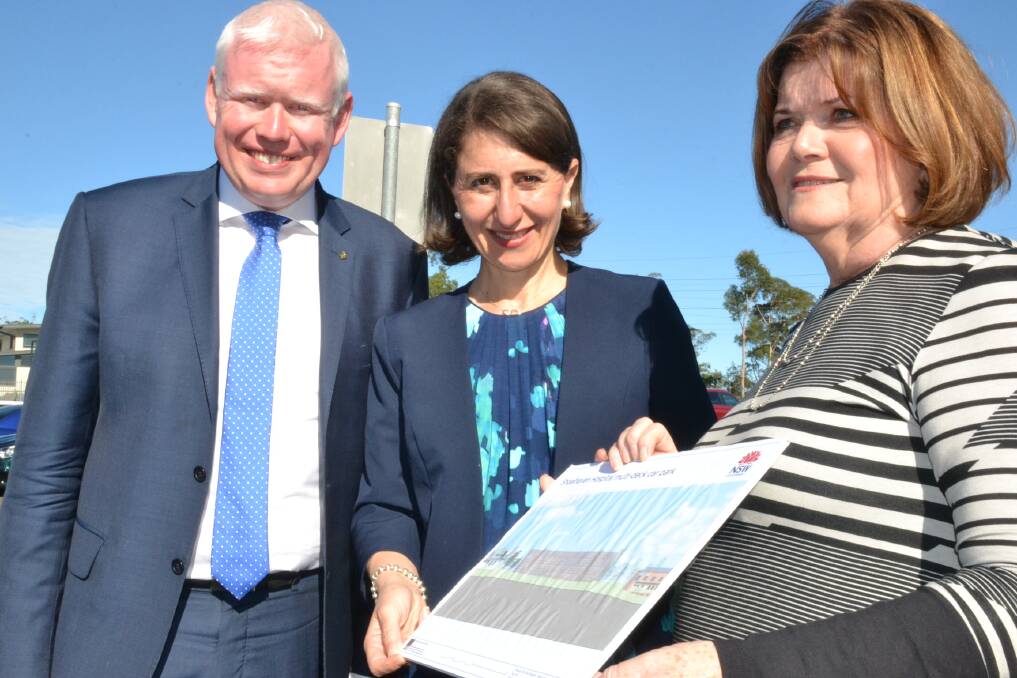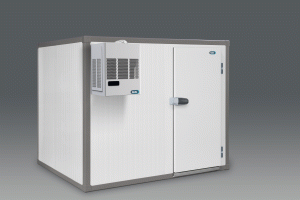

The 29 experimental vermicomposting results revealed that VCM gives increased plant nutrients with a 30 minimum C: N ratio (from 22.13 to 14.38) and a maximum increase in nitrogen concentrations (1.77 31 to 29.15 gkg-1). Post hoc analysis was done using Tukey's test. 27 One-way Analysis of Variance (ANOVA) has been used to statistically analyze and interpret the 28 nutrient change among different treatments. Four treatments, COM (compost), VCM (using cow manure), VPM 25 (through pig manure), and VBC (using biochar), were applied with agricultural wastes such as 26 rapeseed and wheat straw in combination with cow dung, pig manure, and biochar respectively.

Experimental 23 vermicomposting followed by monitoring was conducted for two months in summer with an 24 interval of fifteen days. A particular use of 22 earthworms for VC is a valuable method for retrieving essential plant supplements. The purpose of vermicompost was to recycle and 20 manage organic waste materials for instance, animal manure and crop residues present in great 21 quantity, as they were of significant concern in increasing population. The experimental vermicomposting system has been established in chemically weathered 19 purple soil present in Sichuan Basin, China. Additionally, from the field study investigating the occurrence, it was found that 80.5% of the 221 reviewed refrigerated display cabinets had sensors placed in a zone where a thermal gradient exists. Through this, it was concluded that by moving the return air sensors away from the thermal gradient, the refrigerated display cabinets were performing more uniformly as well as with a reduced heat extraction demand.

To follow up on the consequences of this observed issue, two field studies were performed to investigate the effects and occurrence of temperature sensors within the thermal gradient.

Thus, the temperature sensors position within the thermal gradient affects the perceived temperature of the control system and thereby the refrigeration strategy adopted by it. The exploratory methodology used within the study has used CFD simulations combined with laboratory experiments to conclude that there exists a thermal gradient in the area of the return air temperature sensor causing these discrepancies to occur. This study explores the cause and consequences of these differences. However, there exist significant discrepancies in temperature readings between visually identical refrigerated display cabinets equipped with doors. The results also indicate that optimum air curtain mass flow rate should account for nearly a third of the total air mass flow rate inside the display cabinet.īy introducing doors on refrigerated display cabinets, the energy demand is substantially decreased. It was determined that for the length of the cabinet considered in this investigation, the flow can be assumed to be two-dimensional, for most of the cabinet length. The suitability of using 2D CFD to carry out the display cabinet design optimisation was also considered.Įxperimental work was then carried out to validate the numerical work: there was good agreement between the data generated from the numerical work with the experimental results. These parameters include air curtain velocity, width, discharge angle and positioning of the air curtain outlet from the front edge of the top shelf, also the effect of using a honeycomb on the flow path at the air curtain outlet.Ī 3D CFD model was constructed to assess the effect of the side flow on the performance of the vertical display cabinet. This paper presents computational investigations to address some of the design parameters that have significant effects on the performance of the refrigerated display cabinets.


 0 kommentar(er)
0 kommentar(er)
